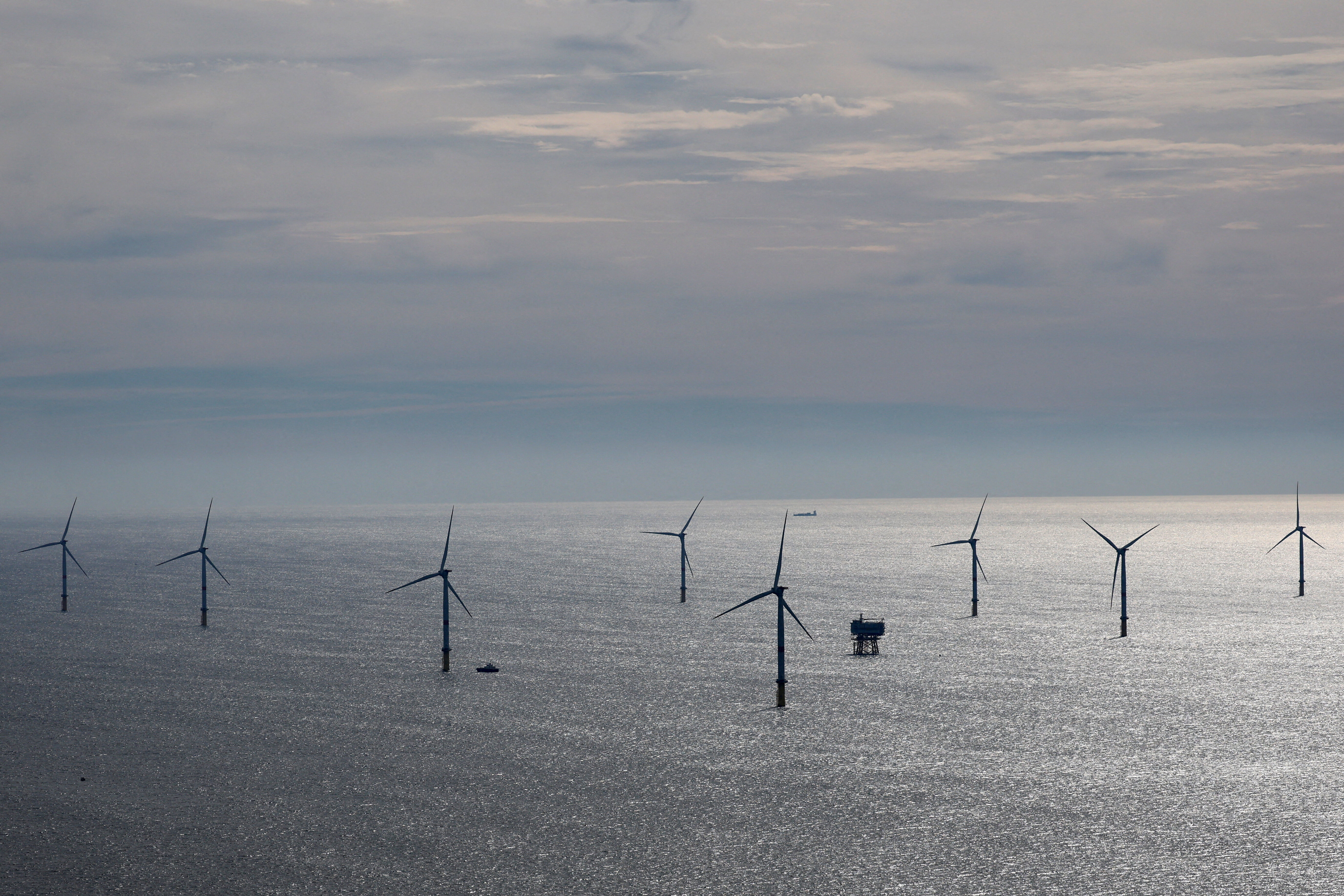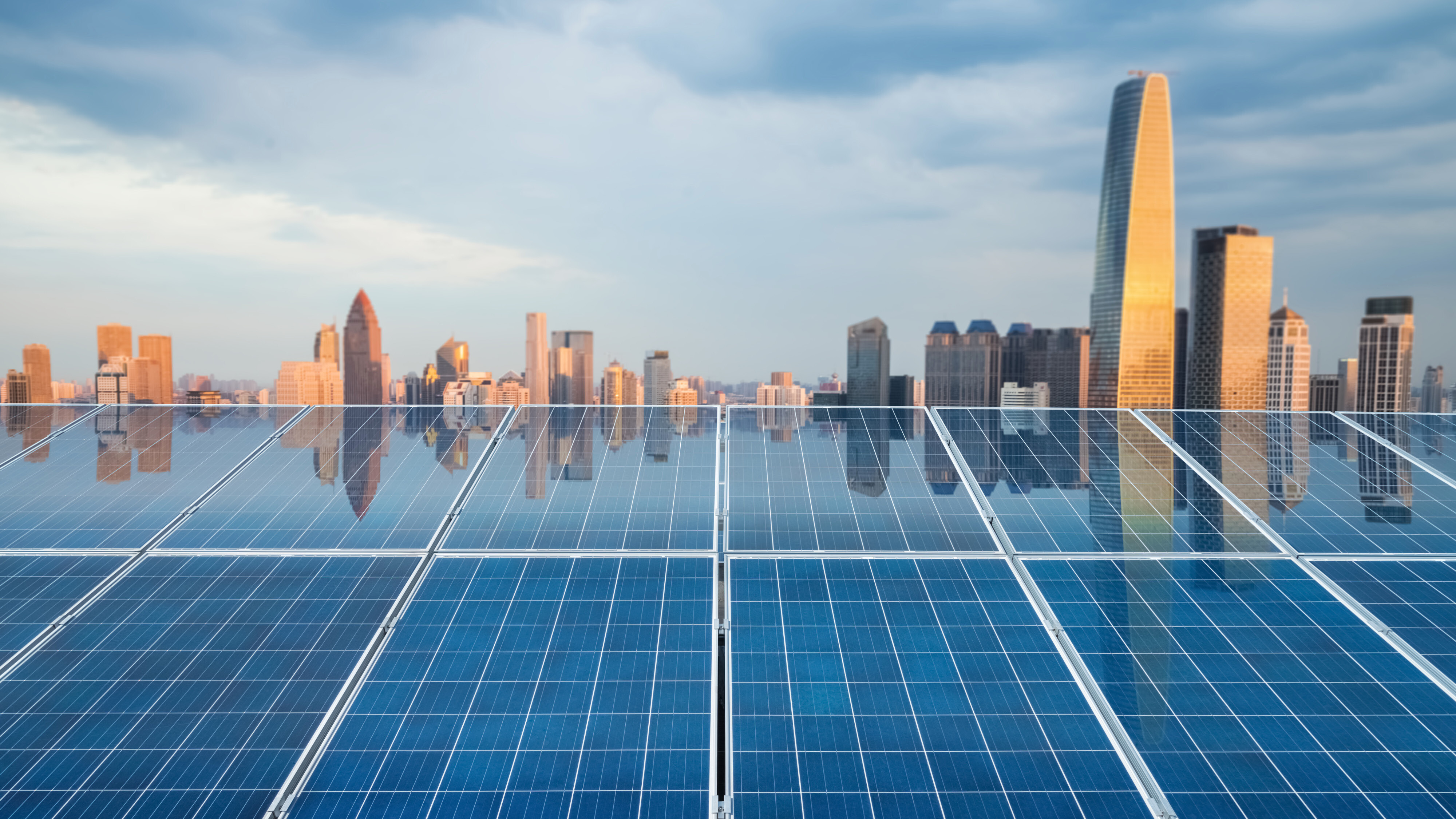How can trade and investment underpin growth?

"Most international trade is now in intermediate rather than finished products."
Image: REUTERS/David Gray
Ricardo Meléndez-Ortiz
Co‐founding Chief Executive, International Centre for Trade and Sustainable DevelopmentStay up to date:
Trade and Investment
The ongoing deceleration of the world economy is prompting calls for a renewal of international economic cooperation in 2016. Beijing has set the tone by indicating that boosting growth and creating more robust international trade and investment will be top priorities for China’s G20 presidency this year, along with improving global economic governance and inclusiveness.
Reinvigorating trade and investment through better international cooperation would however appear more difficult after governments last December agreed to disagree on how, or indeed whether, to continue the Doha Round of WTO multilateral trade negotiations. But a backdrop of gloomy economic news and the realization that global trade and investment are slowing down even faster than output, have created a rising sense of urgency among trade officials, as well as the business community to respond appropriately.
There are a range of options available to the international community, quite apart from WTO negotiations, that would increase the diffusion of productivity-enhancing technologies across the world economy; improve the allocation of the capital and skills to their most productive potential applications; expand trade and investment in employment-intensive industries; and help boost sustainable consumption and production patterns. Some of these are being applied to a greater or lesser degree by some groups of countries. But there is no wider strategy or common vision to scale such an approach across the world economy.
Most international trade is now in intermediate rather than finished products, roughly 60%, and approaching 75% in major emerging markets. But these international production networks involve relatively few countries. A “Global Value Chain Partnership” could be established to facilitate cooperation between governments seeking to integrate their economies into international supply chains and relevant companies and experts.
A “Digital Trade Agreement” could be created by a coalition of countries that wish to scale internet-enabled trade, particularly by small-and-medium sized enterprises (SMEs), by implementing a comprehensive set of policies and practices regarding de minimus customs thresholds, intermediary liability, privacy, intellectual property, consumer protection, electronic signature and dispute settlement. These steps, along with the creation of online, single points of enquiry for cross-border services providers to learn about host country regulatory, licensing, and other administrative requirements would help to maximize growth and employment potential.
A concerted effort could be launched to streamline the conduct of business across the more than 400 existing regional and preferential trade agreements through a Regional Trade Agreement (RTA) Exchange, a comprehensive open information platform to encourage transparency, alignment and even multilateralization of some of these rules. A similar effort to simplify the conduct of business across the more than 3,200 existing international investment agreements (IIAs) could be pursued through development of a modernized approach to investment agreements, using a few of the more recently concluded bilateral agreements, and perhaps the prospective US-China bilateral investment treaty currently under negotiation as building blocks. .
Developed countries could extend as soon as possible fully duty free quota (DFQF) market access for all LDCs while middle-income countries should follow China, India, and Brazil’s leadership by implementing significant DFQF programmes Both groups of countries could follow Canada’s example and implement rules of origin for these preference arrangements using an extended accumulation approach, forming, in effect, a broad accumulation zone among all LDCs and countries that are members of free trade agreements in which the importing country participates.
At the same time, financial regulators could ensure corresponding-banking availability in developing countries, which has decreased as a result of the tightening of Know Your Customer (KYC) requirements, by ensuring that the Bank for International Settlements, Financial Stability Board or Wolfsberg Group mentored or sponsored at least one bank per country for purposes of validating its KYC process. For their part, development banks could work with institutional investors to scale blended financing of infrastructure and industrial investment through expanded deployment of risk mitigation, co-financing, capacity building assistance, and other public finance tools.
These are just a few of the practical ideas that have emerged from the E15 Initiative, a two-year, multi-stakeholder strategic review of the global trade and investment system involving over 350 experts organized into 18 different thematic groups. These proposals and many others do not in the first instance require a multilateral agreement. They can be pursued through plurilateral, regional, or in some cases, even national action.
The WTO could catalyse the progressive alignment and reintegration of the current “spaghetti bowl” of system over the next 10 to 20 years through the modular multilateralization of specific features of RTA and pluri-laterals. But this would require it to embrace and serve this variable geometry[1] rather than view itself as standing above or apart from it. It could do so by encouraging the creation of “plurilateral clubs” that are consistent with this long term objective through adoption of a code of conduct for plurilaterals; conducting “multilateral impact statement” on all proposed and negotiated plurilateral agreements; and proactively identifying and proposing for negotiation specific best-practice features of RTAs and plurilaterals.
A more creative and assertive WTO along these lines could make the difference between a world of competing, trade-diverting blocs - in which many poorer countries slip further away from the opportunities offered by the global economy- and one in which the essential multilateral rules-based nature of the system is rejuvenated.
The trade policy community and WTO would do well to learn from the recent experience of their climate change counterparts. It took the failure of an international effort to secure a top-down global climate deal in Copenhagen in 2009 for the nearly 200 parties to the UN Framework Convention on Climate Change (UNFCCC) to recognize that a near-exclusive focus on a formal normative machinery was handicapping efforts to address arguably the world’s greatest existential risk. UNFCCC negotiations in Paris in December succeeded because the organization and key constituent governments embraced a wider, variable geometry of opportunities for progress -formal and informal, public and private - and focused on steering these toward an integrated contribution to a pressing global commons challenge.
It is high-time for the world to evaluate what it will take to structurally reposition the global trade and investment system in order to strengthen global growth and sustainable development in the 21st century.
Author: Richard Samans is Head of the Centre for the Global Agenda and Member of the Managing Board, World Economic Forum. Ricardo Melendez-Ortiz is Chief Executive Officer of the International Centre for Trade and Sustainable Development. The report of the E15 Initiative can be accessed at here.
Don't miss any update on this topic
Create a free account and access your personalized content collection with our latest publications and analyses.
License and Republishing
World Economic Forum articles may be republished in accordance with the Creative Commons Attribution-NonCommercial-NoDerivatives 4.0 International Public License, and in accordance with our Terms of Use.
The views expressed in this article are those of the author alone and not the World Economic Forum.
Related topics:
Forum Stories newsletter
Bringing you weekly curated insights and analysis on the global issues that matter.
More on Economic GrowthSee all
Rishika Daryanani, Daniel Waring and Tarini Fernando
November 14, 2025
Harsh Vijay Singh and Attilio Di Battista
November 14, 2025
Wolfgang Fengler and Yara Antoniassi
November 12, 2025
Awais Ahmed and Srishti Bajpai
November 11, 2025







